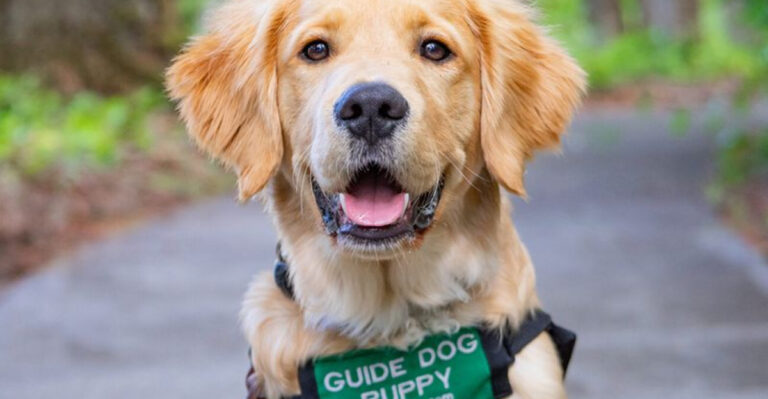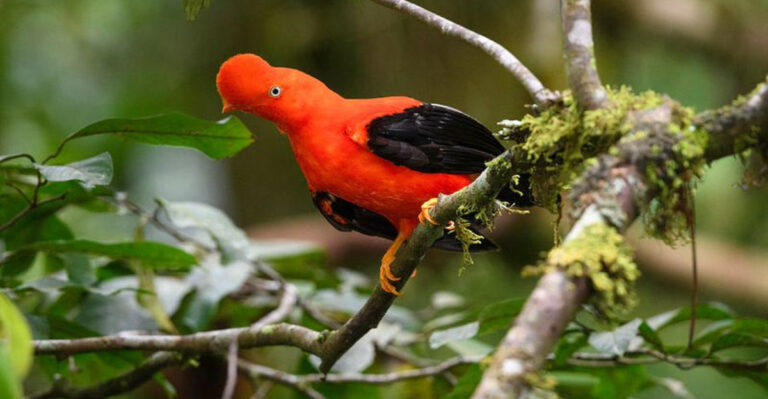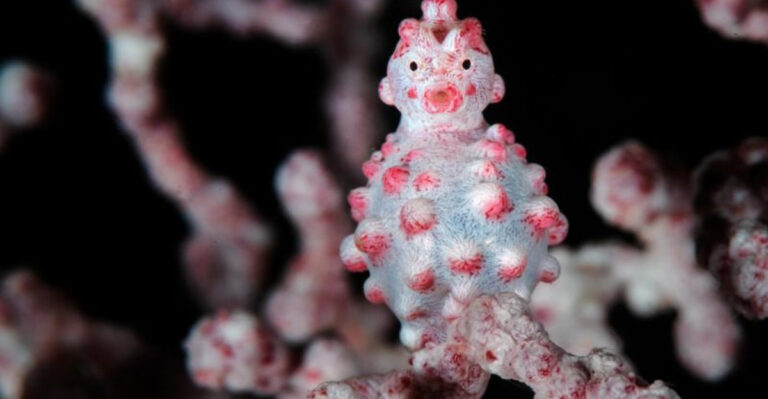14 Ways Coyotes Are Adapting To Cities And Why They Shouldn’t Be Pets
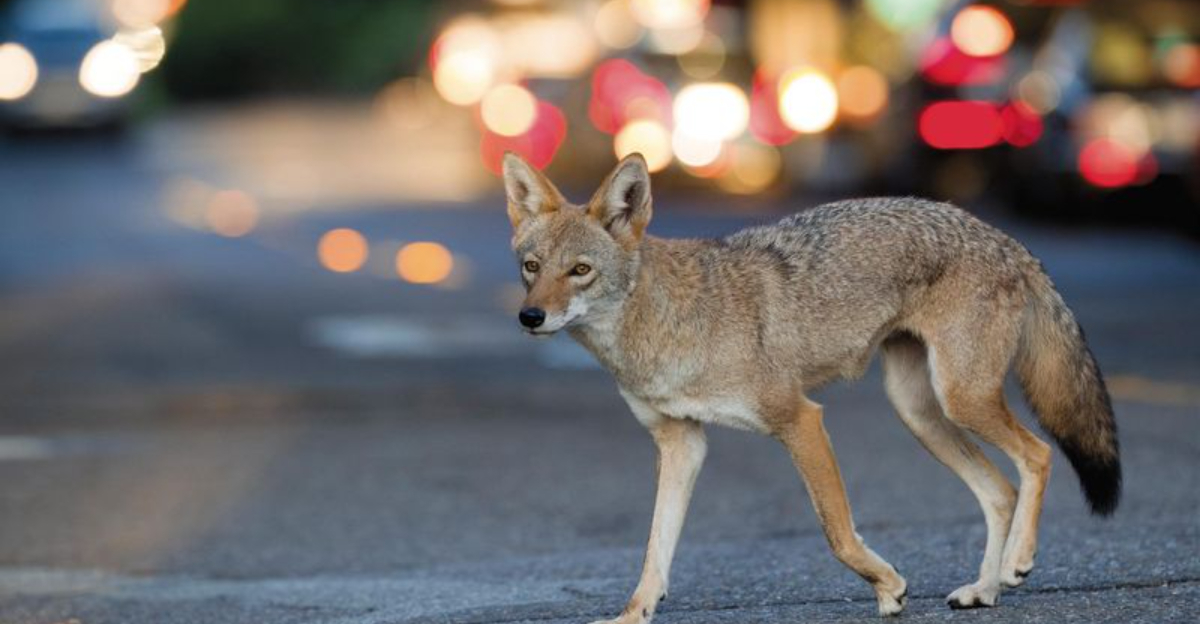
Wild creatures with golden eyes are quietly conquering our concrete jungles. Coyotes, once symbols of remote wilderness, now navigate busy streets and manicured parks with surprising ease.
Their remarkable adaptability has fascinated scientists and city dwellers alike, but these evolutionary success stories come with important warnings about keeping wild animals where they belong.
1. Midnight Menus

Under cover of darkness, urban coyotes have shifted their hunting schedules to avoid human encounters. They’ve become primarily nocturnal, prowling neighborhoods while we sleep.
This timing tweak lets them explore garbage cans, gardens, and other food sources with minimal human interference – a clever adaptation that keeps them safe while maximizing feeding opportunities.
2. Shrinking Territories
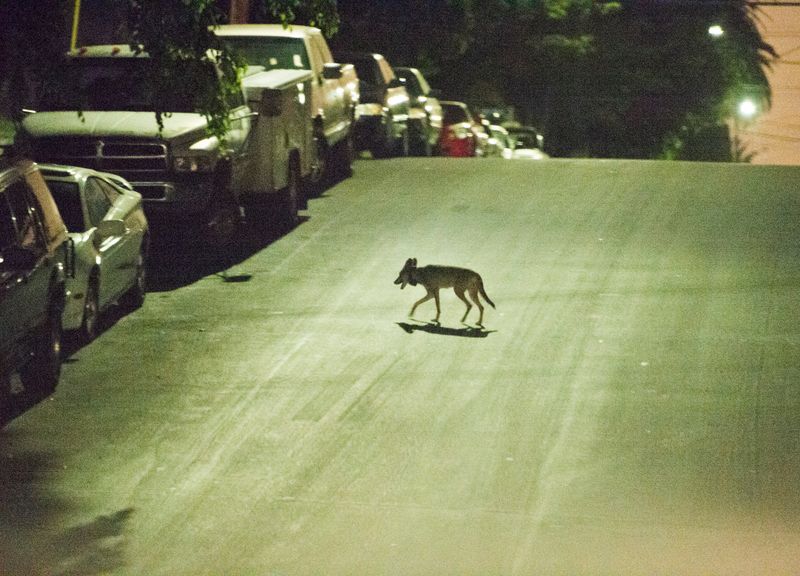
Country cousins need miles to roam, but city coyotes have downsized dramatically! Urban packs maintain territories just 1/10 the size of their rural relatives.
With concentrated food sources like dumpsters and pet bowls, they don’t need sprawling hunting grounds. This compact living arrangement allows more coyotes to thrive in smaller urban spaces.
3. Menu Makeovers
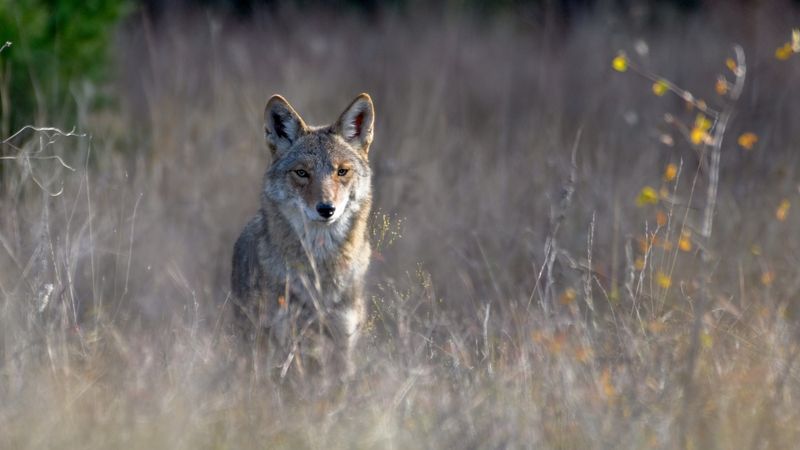
Talk about flexible eating habits! Urban coyotes have transformed from rabbit hunters to garbage gourmets. Their diet now includes pizza crusts, birdseed, fallen fruit, and yes, occasionally small pets.
This adaptable palate helps them thrive where traditional prey might be scarce. Studies show city coyotes can get up to 30% of their diet from human-related food sources.
4. Roadway Wisdom

Ever notice how rarely you see coyote roadkill? These clever canines have mastered traffic patterns in remarkable ways.
They’ve learned to use pedestrian crosswalks, wait for light changes, and even follow railroad tracks as safe travel corridors. This street smarts evolution gives them a survival edge over other wildlife that hasn’t adapted to vehicle dangers.
5. Pack Downsizing
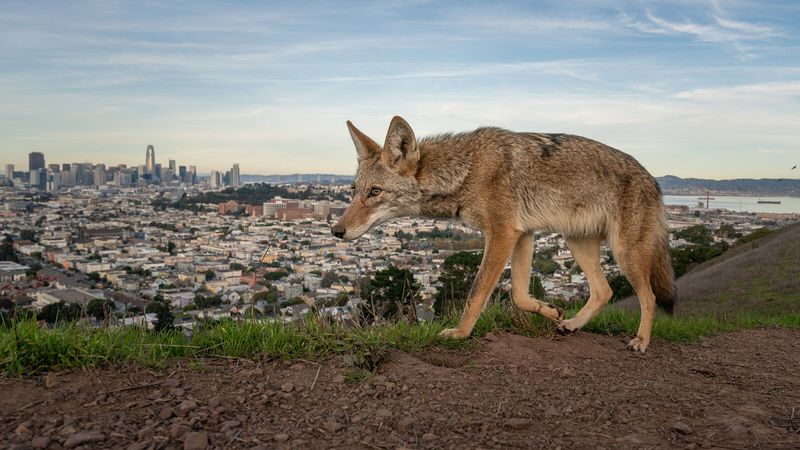
Traditional coyote packs might include extended family members, but urban groups have gone nuclear. City coyotes typically maintain smaller, tighter family units of just parents and current pups.
This streamlined social structure works better in fragmented urban habitats where resources are concentrated but space is limited. Smaller groups can move more discreetly through human areas.
6. Fear Recalibration
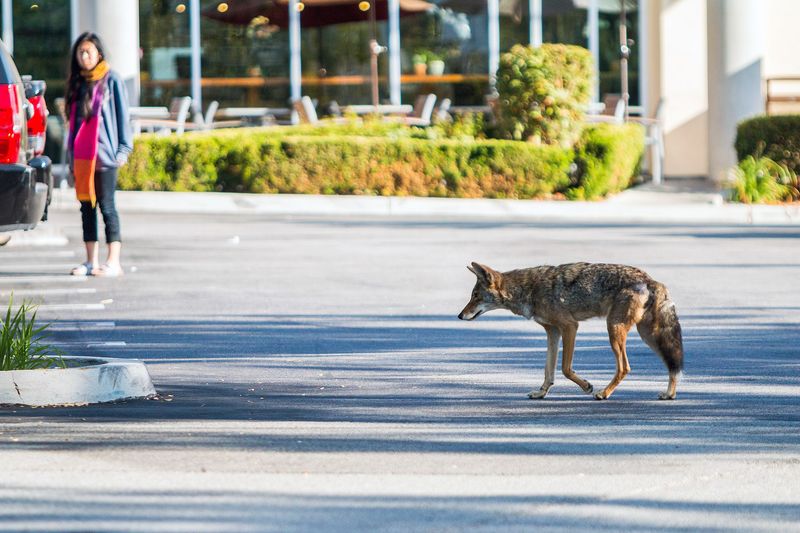
In rural areas, coyotes typically flee at the first hint of human presence, but urban ones have adjusted their fear thresholds. Rather than bolting, city coyotes often keep a measured distance while staying alert.
Such behavior helps them navigate human environments efficiently without expending energy on constant escape. A few even exhibit mild curiosity toward people, though their natural caution remains intact.
7. Unpredictable Aggression
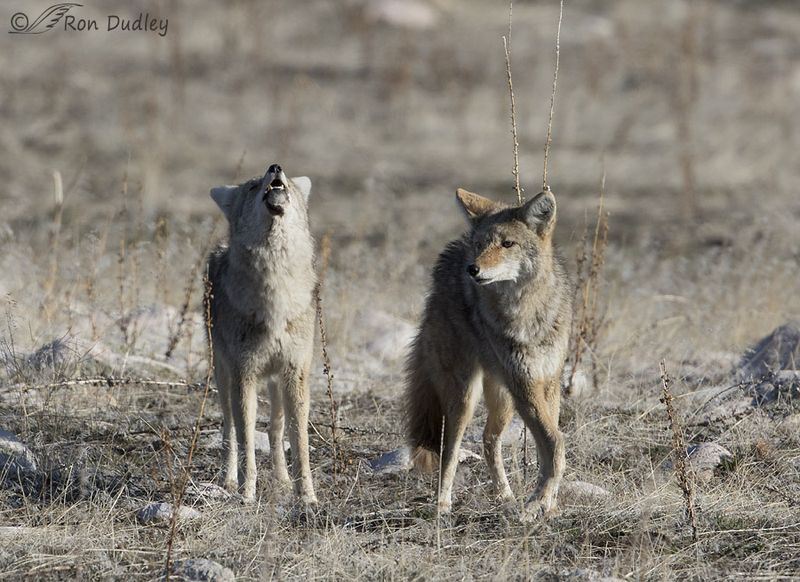
Sweet as puppies one moment, savage the next! Wild instincts lurk beneath even hand-raised coyotes’ seemingly docile exteriors.
Unpredictable aggression typically emerges during adolescence or breeding season when hormones trigger territorial behaviors. No amount of socialization eliminates these hardwired responses, making them dangerous and unpredictable as pets.
8. Destructive Tendencies

Those designer pillows? Shredded. Your vintage couch? Coyote chew toy. These animals aren’t programmed for indoor living!
Coyotes instinctively dig, chew, and mark territory with urine and feces. Their natural behaviors create chaos in homes. Unlike dogs, who’ve evolved alongside humans for thousands of years, coyotes haven’t developed inhibitions against destroying property.
9. Escape Artists

Houdini would be impressed by coyotes’ escape abilities! Their slim bodies squeeze through tiny gaps, while powerful legs launch them over six-foot fences with ease.
These natural escape artists can dig under barriers or chew through materials that would contain domestic dogs. Their determination to roam makes them nearly impossible to confine safely, leading to dangerous situations when they inevitably break free.
10. Legal Complications
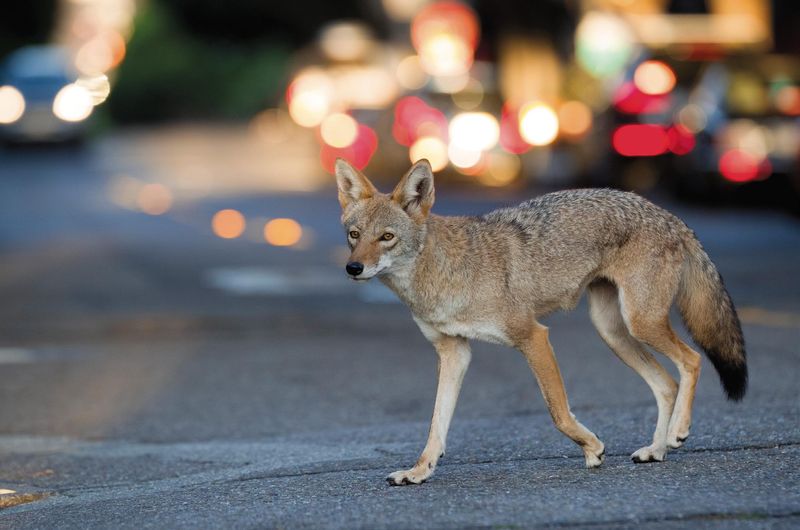
Fancy a $10,000 fine with your wild pet? Keeping coyotes is illegal in most states without special wildlife permits.
These regulations exist for good reason – protecting both public safety and animal welfare. Even in areas where ownership might be technically possible, liability insurance is nearly impossible to obtain, leaving owners financially vulnerable if their pet injures someone.
11. Parasitic Playgrounds

Fluffy harbors hitchhikers you definitely don’t want! Wild coyotes commonly carry parasites transmissible to humans – from mange mites that cause severe itching to potentially deadly tapeworms.
Regular veterinary care doesn’t eliminate these risks since many wild parasites resist standard treatments. Close contact with infected animals creates significant health hazards for families, especially children whose immune systems are still developing.
12. Dietary Challenges
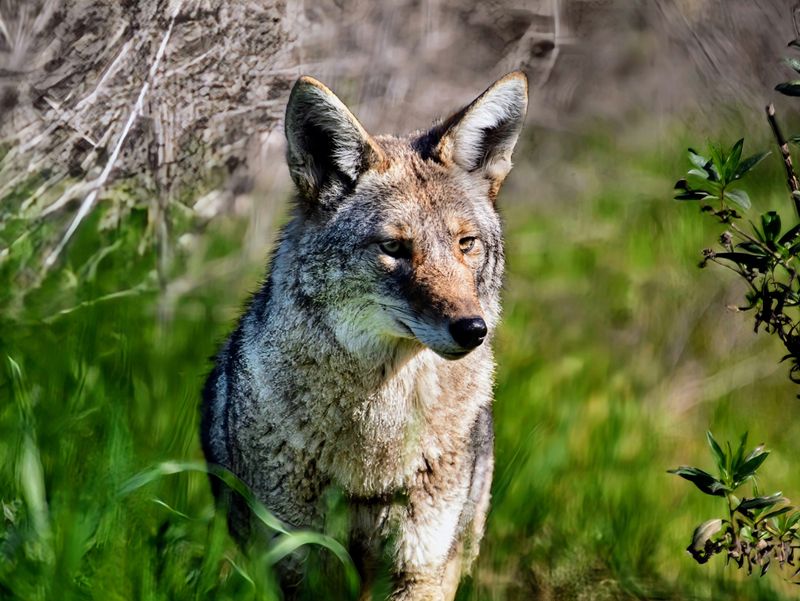
Kibble won’t cut it for these carnivores! Coyotes require complex diets mimicking their natural prey—whole animals including bones, organs, and fur.
Meeting these nutritional needs is expensive and complicated. Commercial pet foods lack essential components coyotes need for health. Nutritional deficiencies lead to serious medical issues including bone deformities, organ failure, and painful dental problems.
13. Veterinary Voids

Got a sick coyote? Good luck finding help! Most veterinarians lack training in wild canid medicine and may legally refuse to treat them.
Those willing to help often charge premium rates for exotic animal care. Sedation is typically required for even routine procedures since these animals don’t tolerate handling like domestic pets do, creating additional risks every time medical attention is needed.
14. Socialization Struggles
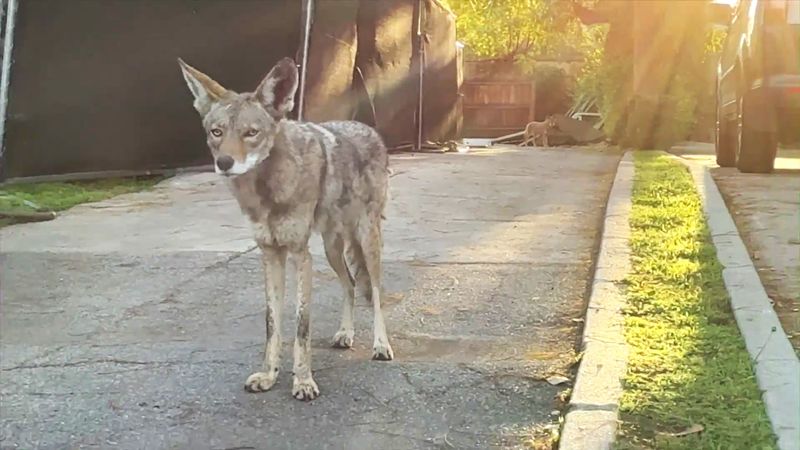
Forget those dreams of coyote playdates at the dog park! These animals develop deep fear or aggression toward strangers, making social situations dangerous.
Unlike dogs, coyotes don’t naturally seek approval from multiple humans. Their loyalty extends primarily to their bonded person while viewing others as threats. This limited sociability creates isolation for owners who can’t safely integrate their pet into normal activities.


